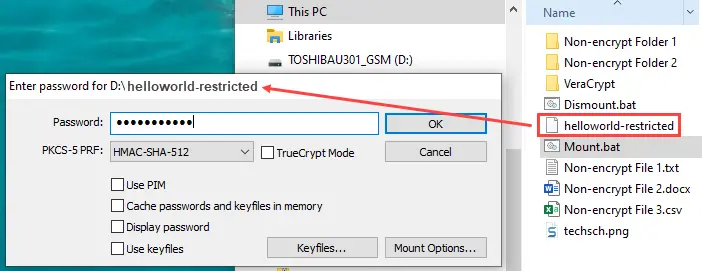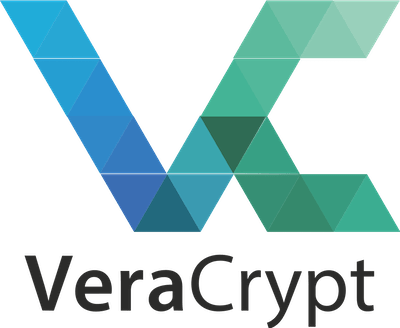

Then, save your work typing " w " and " q " to exit the utility. You can follow the below command to create 4GB of virtual blocks.

"In sequential script that have to run fast, the process do remove a lot of file". mke2fs -j /dev/sdb1 The output of the above command will look something like this: virtual size of the image) of the file but leaves out zero-blocks - The first and most important step in creating a loop device is to create a virtual block from your drive space using the dd command. The steps for creating an ext3 file system are as follows: Format the partition with the ext3 file system. Creating an ext2 partition: The first thing to do is to identify the name of the device or partition where you want to create the file system. Warning mkinitrd -c -k 2.6.21.5-smp -m ext3 -f ext3 -r /dev/hdb3 The resulting initrd will automatically load the mbcache and jbd modules used by the ext3 module. Create a filesystem mkfs.ext2 and mkfs.ext3 are frontends which pass specific options to mke2fs. This is a file which contains the details on mount points,file system types etc.

The command is the same whether or not the filesystem is mounted. ubuntu format disk ext4 command line ubuntu format disk ext4 command line To create a ext3 filesystem on the new logical volume you just created, run the following: 1. List Partitions Open terminal and run the following command to list all the disks available on your system. The sudo command before mkfs just makes it run as a superuser or root, which is typically necessary when making file systems. After installation, it is sometimes necessary to create a new ext3 file system.
How to use veracrypt on ubuntu command line full#
Backup Ext2, Ext3, or Ext4 Linux File Systems To create a full backup of a Linux filesystem like /boot, to a dump file like /my_backups/boot.0, we would implement the dump command in the following manner: $ sudo dump -0f /my_backups/boot. It has unique features other Linux file systems like ext4 do not have. This document describes the Cloning Host System. # fdisk -l OR # parted -l List Linux Partitions Looking at the output in the screenshot above, we have two hard disks added on the test system and we will partition disk /dev/sdb. In this part, I will introduce them briefly to you.


 0 kommentar(er)
0 kommentar(er)
